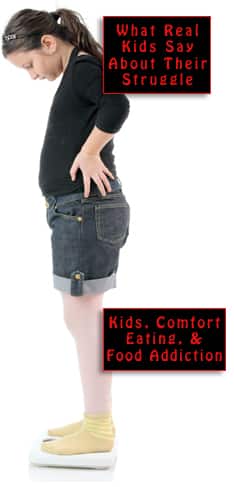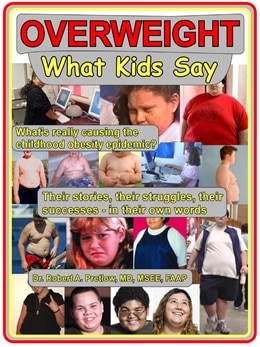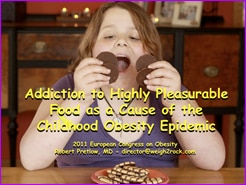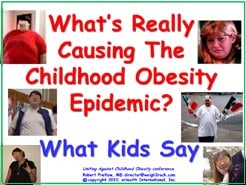
Childhood obesity will ultimately cost someone a significant amount of money; whether it be the parents, the institutions of learning that the kids attend; the kids themselves when they grow up; their employers; the airplane manufacturers who are required to provide wider seats; or the general public, in the form of taxes collected to alleviate medical conditions both congenital and acquired, for the betterment of society as a whole.
The harm generated by childhood obesity involves more than just the individual child’s health. Whether or not it is their fault, and whether or not others spitefully blame them, and regardless of whether it is fair — in one way or another, obese people constitute an expense to society.
On this blog, much attention has been focused on one very important facet of the societal impact of obesity, namely: It eventually touches everyone in some way. In many cases, this impact is physical, as the person joins the ranks of the overweight and obese. Still, hefty as those numbers are, direct physical participation in obesity is not universal. But financial participation is inevitable.
Big research
In 2018, much current information and many previous statistics were consolidated by Hugh Waters and Marlon Graf of the Milken Institute into a major report.
They looked into the costs that health conditions related to overweight and obesity were racking up, because these expenses would ultimately be paid for by “individuals and their households, employers, government, and society.” In other words, sooner or later, directly or indirectly, every person in the country would be liable for these costs. In some cases, it might be considered fair, because 60% of Americans (just over 180 million people) were either overweight and heading inexorably toward obesity, or had already arrived there.
Startling hindsight
Travel back in time for a moment, to 1962. In that year, a young teen could look around and observe an adult population in which only 13.4% of the men and women were obese. In 2016, that same person’s adolescent grandchild could look around and see 39.8% of the grownups in an obese condition. Where there used to be one obese person in a family, now there were three. Where there used to be 100 obese people in an auditorium, now there were 300.
To break it down another way, in that year about 100 million Americans were obese, and about 80 million were overweight, and these two combined statistics accounted for…. wait for it….
$480.7 billion in direct health care costs in the U.S., with an additional $1.24 trillion in indirect costs due to lost economic productivity.
If numbers like this do not cause people to sit up and take notice, nothing will. Just in case the message was not getting through, a mathematician did another calculation, which was announced at the same time:
The total cost of chronic diseases due to obesity and overweight was $1.72 trillion — equivalent to 9.3 percent of the U.S. gross domestic product (GDP).
Another formidable finding went like this:
Obesity as a risk factor is by far the greatest contributor to the burden of chronic diseases in the U.S., accounting for 47.1 percent of the total cost of chronic diseases nationwide.
“By far the greatest contributor…” Strong words, indeed. Where does the “risk factor” accusation come from? Apparently, obesity is implicated as a causative or exacerbating factor in a large assortment of diseases, from head (Alzheimer’s and vascular dementia) to toe (type 2 diabetes).
The report from the nonprofit, nonpartisan think tank notified the public about a major fact. Of all the factors that contribute to the continuing existence of chronic diseases, obesity is the undisputed champion because it “increases insulin resistance, blood pressure, LDL cholesterol, and triglycerides. Further, obesity lowers HDL cholesterol and places the body in a pro-inflammatory state.”
The authors explain how fat cells, even though they are distributed throughout the body, have perfected the technique of ganging up in a network to function as one discrete endocrine organ, and with ferocious effect. The report gives specific examples of how this works, and notes that together, “these multiple related pathways are referred to as metabolic syndrome.”
The report’s Table 8 is frightening, with its presentation of the direct and indirect cost per case (in 2016) of 23 serious conditions. (Two varieties of carcinoma come out on top.)
For the minutiae-minded, the report also offers over 100 source footnotes.
Your responses and feedback are welcome!
Source: “America’s Obesity Crisis: The Health and Economic Costs of Excess Weight,” MilkenInstitute.org,” 10/26/18
Image by World Obesity Federation

 FAQs and Media Requests:
FAQs and Media Requests: 











